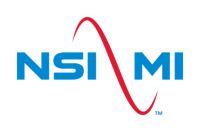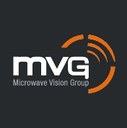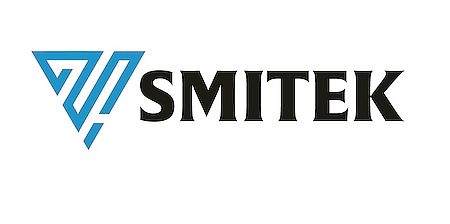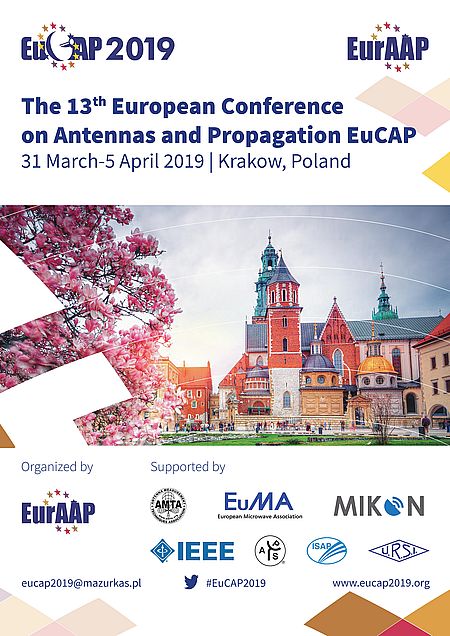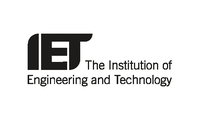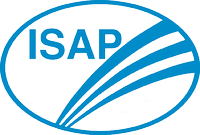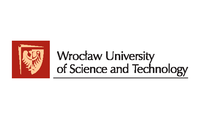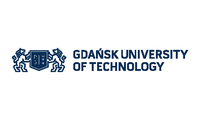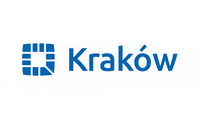Prof. Anja Skrivervik
Classic Electrically Small Antennas Versus In/ On-Body Antennas: Similarities and
Differences
Ecole Polytechnique Fédérale de Lausanne, Switzerland
Biography
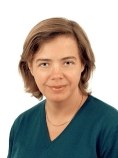 Anja Skrivervik obtained her electrical engineering degree from Ecole Polytechnique Fédérale de Lausanne in 1986, and her PhD from the same institution in 1992, for which she received the Latsis award. After a stay at the University of Rennes as an invited Research Fellow and two years in the industry, she returned part time to EPFL as an Assistant Professor in 1996, and is now a Professeur Titulaire at this institution, where she is the head of the Microwave and Antenna Group. Her research activities include electrically small antennas, antennas in biological media, multifrequency and ultra wideband antennas, and numerical techniques for electromagnetics. She is author or co-author of more than 200 peer reviewed scientific publications. Her teaching activities include courses on microwaves and antennas, and she has course at Bachelor, Master and PhD levels. She was director of the EE section form 1996-2000.
Anja Skrivervik obtained her electrical engineering degree from Ecole Polytechnique Fédérale de Lausanne in 1986, and her PhD from the same institution in 1992, for which she received the Latsis award. After a stay at the University of Rennes as an invited Research Fellow and two years in the industry, she returned part time to EPFL as an Assistant Professor in 1996, and is now a Professeur Titulaire at this institution, where she is the head of the Microwave and Antenna Group. Her research activities include electrically small antennas, antennas in biological media, multifrequency and ultra wideband antennas, and numerical techniques for electromagnetics. She is author or co-author of more than 200 peer reviewed scientific publications. Her teaching activities include courses on microwaves and antennas, and she has course at Bachelor, Master and PhD levels. She was director of the EE section form 1996-2000.
She was the chairperson of the Swiss URSI from 2006 to 2012, is a Board member of the European School on Antennas and is frequently requested to review research programs and centers in Europe. She is a member of the board of directors of the European Association on Antennas and Propagation (EurAAP) since 2017.
Synopsis
Electrically small antennas (ESAs) have been discussed since the early radio days, when all antennas were small compared to the wavelength. The boom of mobile phones triggered a second wave of intense research activity on these devices, which continues today where virtually everything has a wireless connection. This intense research activity has produced interesting and usefully results on the physical limitations of such antennas, design rules and optimal designs. Since the beginning of the century, the number of medical, sports, or security applications (to name just some of them) requiring implantable or wearable communication devices has grown at a high speed, launching the interest for wearable or implantable ESAs. Many interesting designs have been published to this date, but we only start understanding the fundamentals of such antennas. Neither physical bounds on their radiation characteristics nor optimal designs or design rules are yet available. In this contribution, I will highlight the main similarities and differences between classic ESAs and antennas for wearables and implants, illustrated by practical examples.


